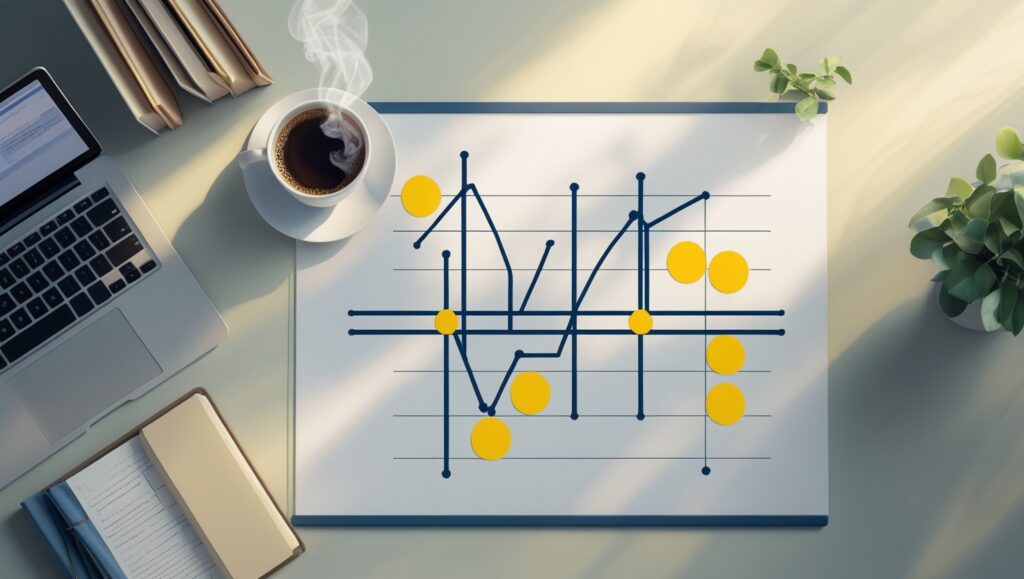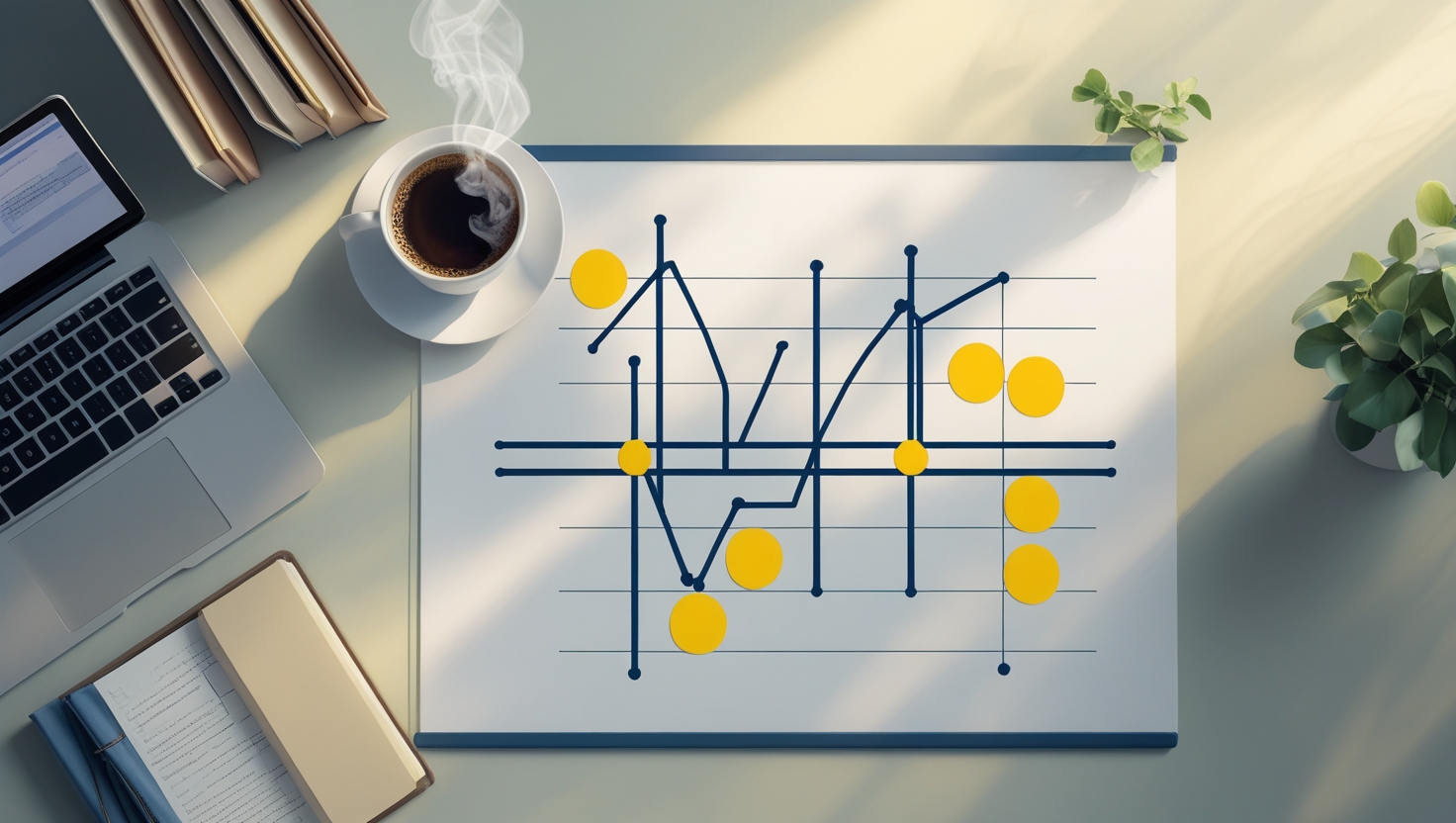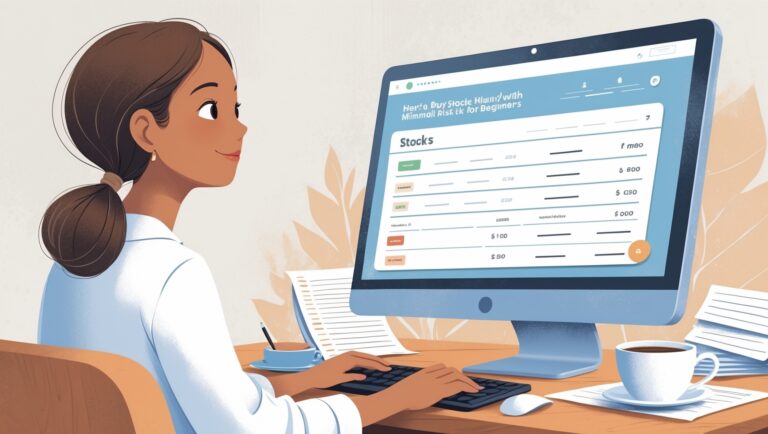How to Build a Trading System That Doesn’t Burn You Out
How to Build a Trading System That Doesn’t Burn You Out
When I first started trading, I thought I had to be glued to the screen all day to succeed. I chased every setup, watched every alert, and overanalyzed every candle. But what I didn’t realize is that this constant grind was slowly burning me out — and killing my results.
Over time, I discovered that a trading system isn’t just about entries and exits — it’s about sustainability. If your process exhausts you, you won’t last. I had to find a way to trade that actually worked around my life… not consumed it.

Table of Contents
I Cut Out the Noise
The first thing I did was stop listening to every voice in the trading space. Twitter alerts, Discord groups, YouTube breakdowns — it was too much. I was trading other people’s opinions instead of building my own conviction. Now, I focus only on a few stocks I understand deeply.
I Created a Simple Routine
I started my mornings the same way every day: coffee, quiet time, and a look at the pre-market movers. I built a repeatable checklist of what I want to see before I even consider a trade. This routine removed 80% of the guesswork — and 100% of the stress.
I Only Trade a Small Window
Instead of sitting in front of my screen all day, I chose to trade only between 9:30AM and 10:15AM. That’s when the cleanest setups happen for me. Once that window closes, I shut down my platform. It’s a boundary that keeps me sharp and focused.
I Focus on Clean Setups, Not Quantity
I used to take 6–10 trades a day. Now I take 2–3 trades a week — max. I’ve learned that less is more when you trade with precision. Clean setups, small size, and planned exits. That’s it. The best part? I’m more profitable than when I was “busy.”
I Track Everything
One of the biggest changes I made was journaling every trade. It helped me see what was working, what wasn’t, and what patterns repeated. It also helped me build trust in my system. When you know your data, you trade with confidence.
My System Pays My Bills — and Protects My Peace
I built this system so I could not only trade well, but live well. I use it to pay my bills, not impress anyone online. If a trade doesn’t meet my criteria, I skip it. If I don’t feel mentally ready, I sit out. Discipline is part of my system.
If you want to learn how I built this system step-by-step, I break it all down in my ebook:
👉 Download it here — I explain exactly how I went from overwhelmed and inconsistent to focused and profitable, even with a small account.
My System Pays My Bills — and Protects My Peace
I built this system so I could not only trade well, but live well. I use it to pay my bills, not impress anyone online. If a trade doesn’t meet my criteria, I skip it. If I don’t feel mentally ready, I sit out. Discipline is part of my system.
If you want to learn how I built this system step-by-step, I break it all down in my ebook:
👉 Download it here — I explain exactly how I went from overwhelmed and inconsistent to focused and profitable, even with a small account.
One of the best decisions I ever made was defining my “no-trade” conditions. These are days where I’ve slept poorly, I’m distracted, or the market feels off. Instead of forcing trades, I step back. That alone saved me from so many unnecessary losses.
I also removed complicated indicators from my charts. I realized I was depending too much on them and not enough on my ability to read price and volume. Now, my chart is clean. I focus on a few key candles and levels — and it’s made all the difference.
Burnout in trading often comes from chasing action. But the real money comes from discipline. I had to stop thinking like a gambler and start thinking like a sniper. I wait, I plan, I execute — and then I walk away.
Another huge shift was changing my mindset around “missed” trades. I used to beat myself up when I didn’t catch a move. Now? I let it go. If it wasn’t in my plan, it wasn’t mine to catch. That mindset gave me peace and emotional control.
My trading journal isn’t just numbers. I write how I felt, what I saw, what I hesitated on, and what I learned. It’s a conversation with myself that helps me grow week after week. I highly recommend building this habit.
I also started setting weekly trading goals, but not just profit targets. Things like “follow my plan,” “take only A+ setups,” or “end the week with clarity.” These goals keep me focused on the process, not just the money.
Limiting my watchlist to just a handful of stocks each week gave me more edge. I understand their behavior, their ranges, and how they move. That familiarity makes it easier to spot setups — and avoid traps.
One of the most freeing habits I developed was turning off the news. I don’t chase macro headlines or emotional market hype. I stick to my system, my levels, and my timing. And I sleep better at night because of it.
I keep my trading routine short and intentional. I don’t need 4 monitors or expensive software. I use a simple screener, check volume, set my alerts, and I’m ready. Simplicity is what keeps me going month after month.
Risk management is the foundation of everything. I never risk more than I’m okay losing. That’s how I avoid blowing up accounts. That’s how I trade with clarity — not fear.
If I could go back to my first year of trading, I’d hand myself a copy of my ebook. It’s everything I wish I knew: how to build a system that not only works — but fits your life.
Lastly, don’t underestimate the power of doing less, but doing it well. That’s been my secret. Not trading all day. Not chasing alerts. Just one clean setup, one solid plan, and one step forward — every single day.

Stay ahead in the stock market! Subscribe to our newsletter and receive exclusive stock flow reports, trading insights, and actionable tips directly in your inbox. Join thousands of traders who get our updates first.







